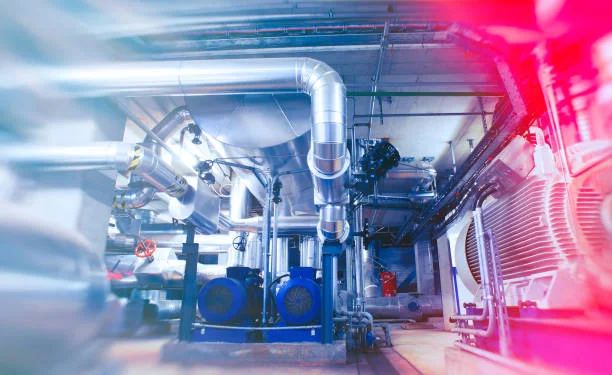Heat is the driving force behind countless industrial processes. From metal smelting to glass and ceramics production, these industries rely on precise and efficient heating solutions to function effectively. But how can industrial heating systems not only reach extreme temperatures but also perform optimally in the long run?
The right industrial heating solutions make the difference between a highly efficient process and excessive energy consumption. In this blog, we’ll dive into the technology behind industrial heating and explore how advanced heating products manage high temperatures with precision and reliability.
There’s so much more to discover—browse our related posts!
The challenge of heating at extreme temperatures
Industries operating at temperatures above 1000°C face serious challenges. Extreme heat accelerates material degradation, increases energy consumption, and demands absolute precision. Even the slightest temperature variation can impact the quality of the final product.
Chemical and mechanical factors also come into play. Corrosive gases, pressure fluctuations, and intense radiant heat can all affect the performance of heating elements. This means that every industrial heating system must be designed for durability and efficiency.
What heating solutions exist?
To achieve and control extreme temperatures, industries use a variety of advanced heating technologies. Some of the most common solutions include:
- Electric resistance elements – Made from nickel-chromium (NiCr) or molybdenum disilicide (MoSi₂), these elements convert electrical energy into heat. They are commonly used in furnaces and smelting applications requiring precise and stable temperature control.
- Induction heating – Uses electromagnetic induction to heat metals directly, without physical contact. This highly efficient method is widely used in metalworking and brazing processes.
- Radiant heating – Infrared and ceramic emitters generate high temperatures without air movement, making them ideal for delicate industrial applications.
- Filament heating and thermal emitters – Used in vacuum environments or specialized furnaces where precision heating is essential.
Materials that withstand extreme heat
The success of an industrial heating system depends on material selection. Heating elements and thermal components must withstand extreme temperatures and chemical exposure to ensure long-term performance.
- Silicon carbide (SiC) and molybdenum disilicide (MoSi₂) – Can withstand temperatures up to 1800°C and are widely used in glass and ceramics furnaces.
- Kanthal and Nichrome alloys – These resistance elements offer long service life and oxidation resistance.
- Inconel and Hastelloy – Used in heat exchangers and heating coils in chemical and petrochemical plants.
- Ceramic and quartz sheaths – Provide added protection against corrosive gases and oxidation, extending the lifespan of heating elements.
By selecting the right materials, industrial heating systems become not only more durable but also more energy-efficient and reliable.
Energy efficiency and process optimization
Efficiency is at the core of every industrial heating solution. Reducing energy loss and optimizing temperature control helps companies cut costs and lower emissions.
- Insulation and heat retention – A well-insulated system minimizes heat loss and improves thermal efficiency.
- Precision temperature control – Using advanced temperature controllers and PID regulation, energy output can be perfectly adjusted to meet demand.
- Automation and monitoring – Modern heating systems incorporate smart sensors and IoT connectivity to collect real-time data and optimize operations.
Are you looking for more information about high-quality thermo components and heating products? Take a look at Kamet. They specialize in high-temperature sensor components, offering a wide range of products including mineral insulated thermocouple cables, RTD sensors, thermocouple wires, and high-temperature thermocouples, with a large inventory in stock.
Hungry for more knowledge? Our full library is open to explore!







